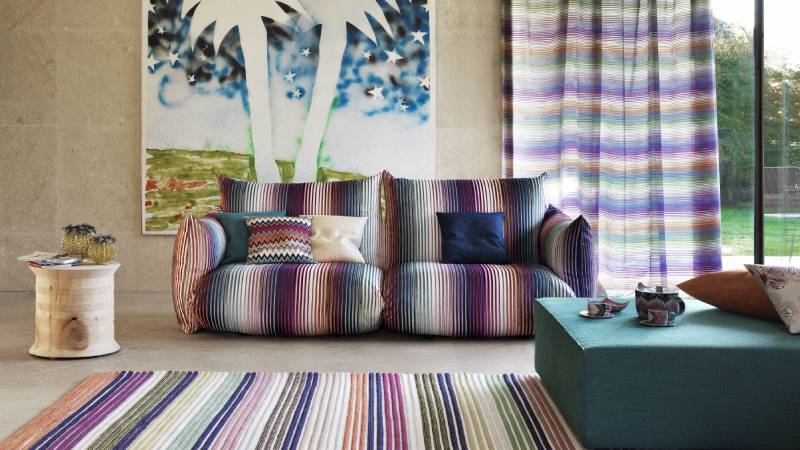Whether you are simply rearranging the furniture in a room, or preparing for the biggest business transaction of your life – selling a home – it’s essential that you understand the basics of house styling for sale.
You might imagine that simply putting a few pieces of furniture in a room willy-nilly will make the difference when buyers visit your home. The fact is furniture does help. But if you put thought and a few basic design elements to work, you can make a room look bigger, smaller, formal, or totally informal. You can welcome awkward corners into a harmonious room, and even call attention away from glaring problems with the area. When you learn a few basic design elements, you can make any room sing. We hope that the points below will help you understand the basics of interior design, particularly as it relates to house styling for sale.
Proportion and Scale
Whether you are creating a painting or placing furniture in a room, there is maths involved. More specifically, we mean the proportion of one element in a room to the other. An example might be the placement of a grand piano in a tiny room – the proportion and the scale would be completely wrong. If you don’t have a grand piano, think in terms of a huge, overstuffed modular sofa in that same area.
The ancient Greeks are credited with coming up with the Golden Mean – a complicated equation or formula that essentially states that the ratio of the smaller section to the larger section should be the same as that of the larger section to the whole. This proportion actually exists in nature, and artists and architects have used it over the centuries to create more beautiful surroundings.
Balance
When you consider that buyers are looking for comfort and security in a home, it would make no sense to dress a room in a way that created feelings of anxiety. Without balance in a room, that is precisely what people who enter it will feel. The three forms of balance you want to understand are;
• Formal or Symmetrical balance happens when you have, for example, four chairs placed across the coffee table from each other, each mirroring the other. Symmetry is easy to create, but is, by its nature, predictable.
• Informal or Asymmetrical balance is achieved when the visual weights of lines, colours, forms and textures are balanced without exact duplication. It’s more complex and unpredictable as compared to more formal balance. In this example, our two chairs could be placed across the coffee table from a sofa.
• Radial balance happens when there is a central focal point and all the other elements of the room revolve around it. The classic example of this form of balance happens in dining areas around the planet every day when the wheel of a round table is surrounded by chairs that become spokes.
Emphasis
Every room has a focal point, but when every other element in the room has equal emphasis to the focal point, the result is chaos. (Chaos is another ‘kiss of death’ situation that will send your potential buyers fleeing to see the next house. They want restful rooms, remember.) Instead of this, build your room around your focal point to emphasise the dramatic view or the gorgeous fireplace wall.
Rhythm
A room’s rhythm is another element necessary to creating a welcoming feeling. Home stagers and other design professionals create this feeling of rhythm through the purposeful repetition of patterns, colours and textures. The jade colour in the sofa cushion is repeated in a nearby rug and again in a lamp shade across the room, causing your eye to move from place to place in the room.
Harmony
Just as the different instruments in a symphony orchestra combine to create a unified sound, so do the elements in a harmonious room combine to create a single emotional message to those who enter it. Creating harmony can be a different task, depending on the cultural background, the age group, and the interests of your likely buyers. This may be one of the most compelling reasons to enlist the services of a home styling professional.
Those who spend their lives in the business of house styling for sale spend much of their time and resources in study of the buyers in the real estate market. It’s in this way that they can match the house to the eventual buyer. Of course, stagers are also steeped in the elemental nature of the interior design basics we’ve talked about today. If you’re planning to sell your house, having a good home design specialist by your side is a significant advantage as you create harmonious, balanced rooms that speak a language your buyers will understand.




